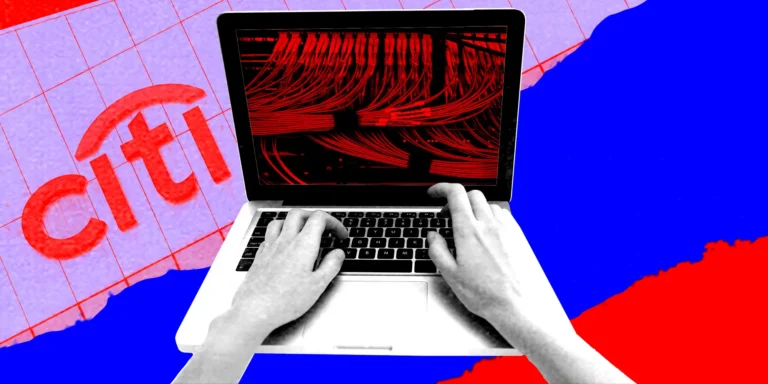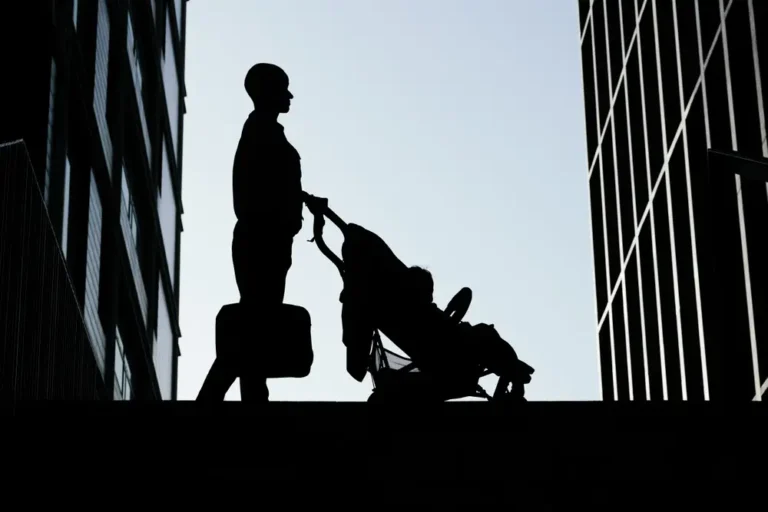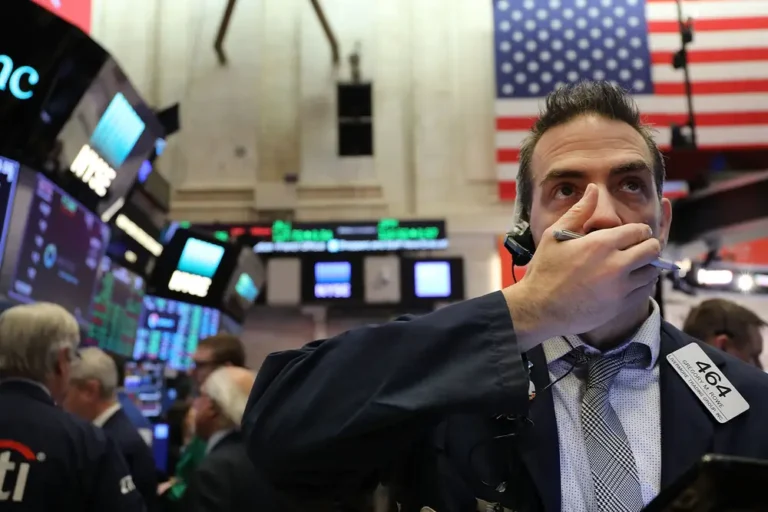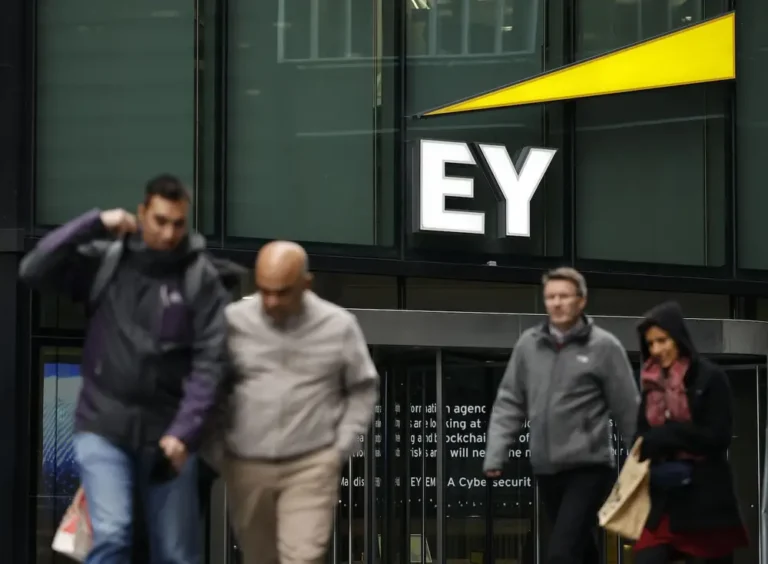Employers are increasingly tracking staff in the return-to-office world. One academic says surveillance at work has its good, bad, and ugly.

Oliver Kayas, a senior lecturer in the faculty of business and law at Liverpool John Moores University, told B-17 that surveillance technology can reduce trust among staff.
Bosses are taking the power back.
There was a brief period during the pandemic and the years after it when hybrid work, four-day workweeks, and flexible hours gave employees more power than ever before. Between 2021 and 2022, millions of Americans quit their jobs, spurring the “Great Resignation.”
Now, however, the tide has changed. From stringent return-to-office policies to mass lay-offs, employers are on top again. And now, employee surveillance is on the rise.
Earlier in September, The Wall Street Journal reported that Bank of America and JPMorgan Chase plan to prevent young bankers from being overworked.
Concerns about overworking
The changes come after the death of a 35-year-old Bank of America junior associate in May. Leo Lukenas III, an Army veteran turned investment banker, is believed to have worked several 100-hour weeks while working on a major deal.
Although a coroner’s report established no connection between his death and work, it sparked a conversation across Wall Street about working conditions, especially for early-career employees.
JPMorgan will cap the working time of junior bankers at 80 hours a week, which can be lifted in some scenarios, including during a live deal — typically one of the most taxing parts of the job.
According to a source within JPMorgan, in cases where an exemption is made, average hours worked should quickly start to fall below the cap.
Meanwhile, BofA is introducing a timekeeping tool in which junior bankers must log more details about their workloads each day. The bank had already implemented a system that flags those working above the 80-hour threshold to human resources.
Employees will need to share how many hours they are working and if they have the capacity to take on more.
Improving employee well-being
Oliver Kayas, a senior lecturer in the faculty of business and law at Liverpool John Moores University, told B-17 that these forms of employee-tracking technologies can be useful when the aim is to resolve issues surrounding employee well-being.
“Sometimes they can help to improve job satisfaction because if performance monitoring information is being used in a supportive way, staff can be quite satisfied with that,” he said.
Kayas said they can also be important in matters of health and safety, such as monitoring and identifying unsafe practices, like not wearing a high-visibility jacket or helmet on a construction site.
He pointed out that surveillance tools can additionally reduce the misreporting of expenses within businesses and minimize bribery, corruption, and theft.
Employee surveillance for RTO policies
EY, Citigroup, and PwC have also introduced measures to track workers — but for a different reason. These firms want to ensure staff are complying with RTO policies.
Earlier this month, accounting giant PwC informed its 26,000 employees in the UK that it will start tracking their work locations from January to ensure people were spending at least three days in the office or with clients.
“We told employees that from January we would start sharing their location data on a monthly basis, so they can see how many days they have spent in an office or on a client site,” a spokesperson from PwC told B-17.
For Kayas, alongside some of the positive effects that can arise from surveillance technology, there are a whole host of negative outcomes.
Blurring the line between private and personal life
“It can reduce the privacy of employees,” he said, adding that when it comes to tracking locations, staff are likely to think: ‘Why doesn’t my employer trust me?’
“That blurring of the lines between the private and the personal life is a big no-no,” Kayas said.
Invasive practices like this can, in turn, increase resistance from workers against their managers, which heightens stress and anxiety, he explained.
“That might create high staff turnover rates,” he said, “and there are all sorts of costs associated with recruiting staff.”
Overall, Kayas held that whether staff surveillance is good or bad, or right or wrong, comes down to whether you’re asking the employee or the employer.
Bank of America, EY, and Citigroup did not respond to requests for comment from B-17.
JPMorgan Chase declined to comment.






